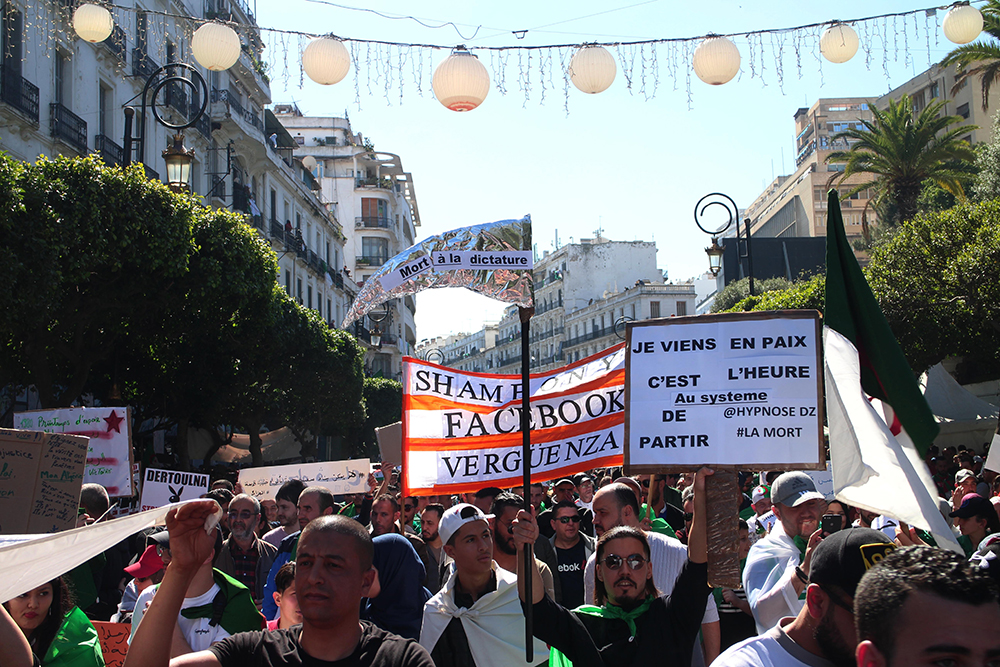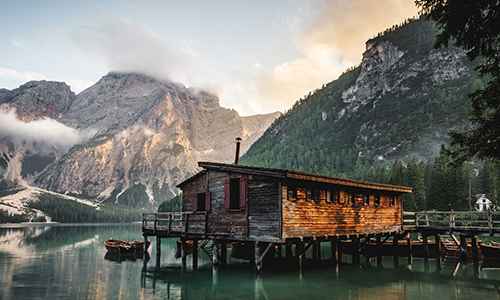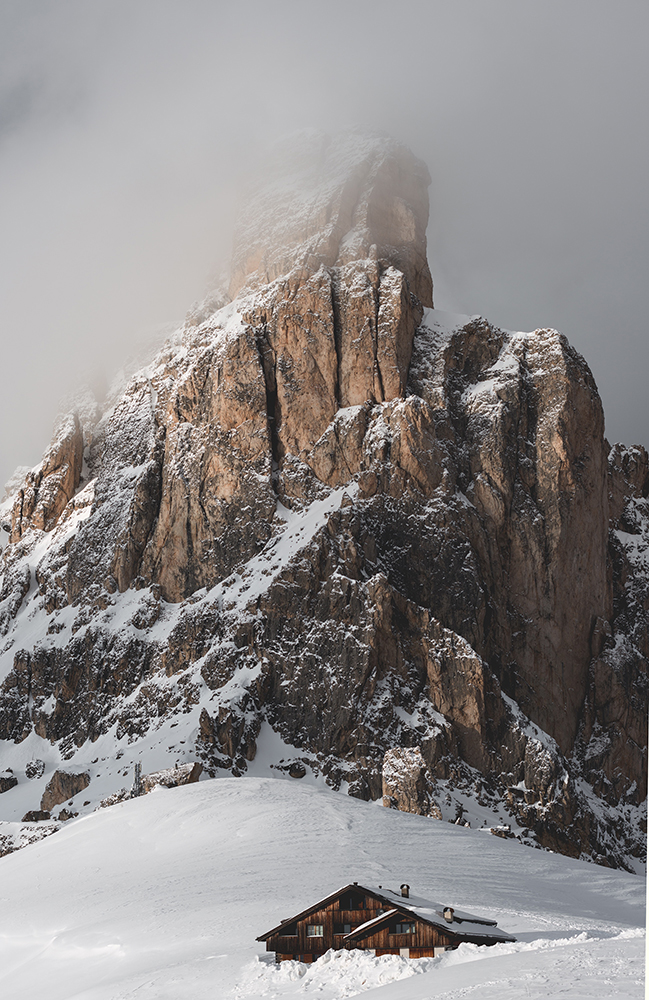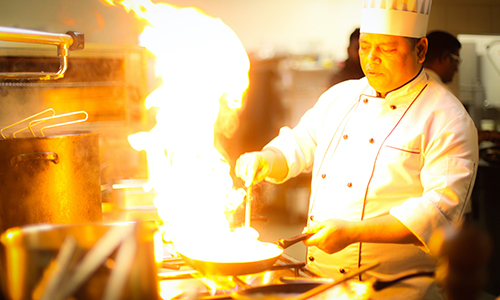
A drone has captured spectacular views of a volcanic eruption in south-western Iceland, giving incredible close-up views of the top of the volcano as it erupted.
- The volcano had been dormant for 6,000 years
- The glow from the lava could reportedly be seen from the outskirts of Icelands capital
- The eruption followed thousands of small earthquakes in the area in recent weeks
The footage, which was posted on Instagram and Facebook by travel blogger Bjorn Steinbekk, has already been viewed over 400,000 times.
Filmed in one seamless take, the footage shows Fagradals Mountain from below before the drone flies to the top of the volcano as lava erupts.
It shows streams of red-hot lava pouring down the sides of the volcano from close range.
Many social media users asked whether the drone had survived the encounter.
One user, related to the owner of the footage, said the drone had survived and had even been sent out for a second spin to capture even more footage. He directed them to a second video uploaded on to Instagram.
LoadingThe glow from the lava was reportedly seen from the outskirts of Icelands capital, Reykjavík, which is about 32 kilometres away.
Locals drove up as close as they could to watch the incredible view from a distance.
Before the surprise explosion, the volcano had been dormant for 6,000 years, and the Reykjanes Peninsula hadn’t seen an eruption of any volcano in 781 years.
The volcano is located in a valley about 2.5km from the nearest road, so evacuations were not necessary.
LoadingThere had been signs of a possible eruption, with daily earthquakes over the past three weeks, according to volcano experts at the Icelandic Meteorological Office (IMO).
But they were still taken by surprise because the seismic activity had calmed down before the eruption.
It was triggered by thousands of small earthquakes which caused a large body of molten rock, known as magma, to push its way to the surface.
A picture posted on Twitter by the IMO showed smoke rising from brightly glowing lava streams.
Unlike the eruption in 2010 of the Eyjafjallajökull volcano, which halted flights and forced hundreds of Icelanders from their homes, the eruption was not expected to spew much ash or smoke into the atmosphere, IMO said.

 Subscribe to The Daily Telegraph to get unrestricted digital access, home paper delivery, Apps for iPad and Android, member only +Rewards and much more…
Subscribe to The Daily Telegraph to get unrestricted digital access, home paper delivery, Apps for iPad and Android, member only +Rewards and much more…  Do you compost or buy second hand?
Do you compost or buy second hand?  The Newsreader review: Exhilirating Australian prestige drama
The Newsreader review: Exhilirating Australian prestige drama  Local shares fell on Friday as investors make last-minute adjustments to their portfolios ahead of the main index’s rebalancing, while unease over rising infections grows.
Local shares fell on Friday as investors make last-minute adjustments to their portfolios ahead of the main index’s rebalancing, while unease over rising infections grows. 


